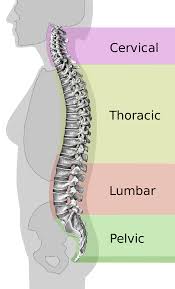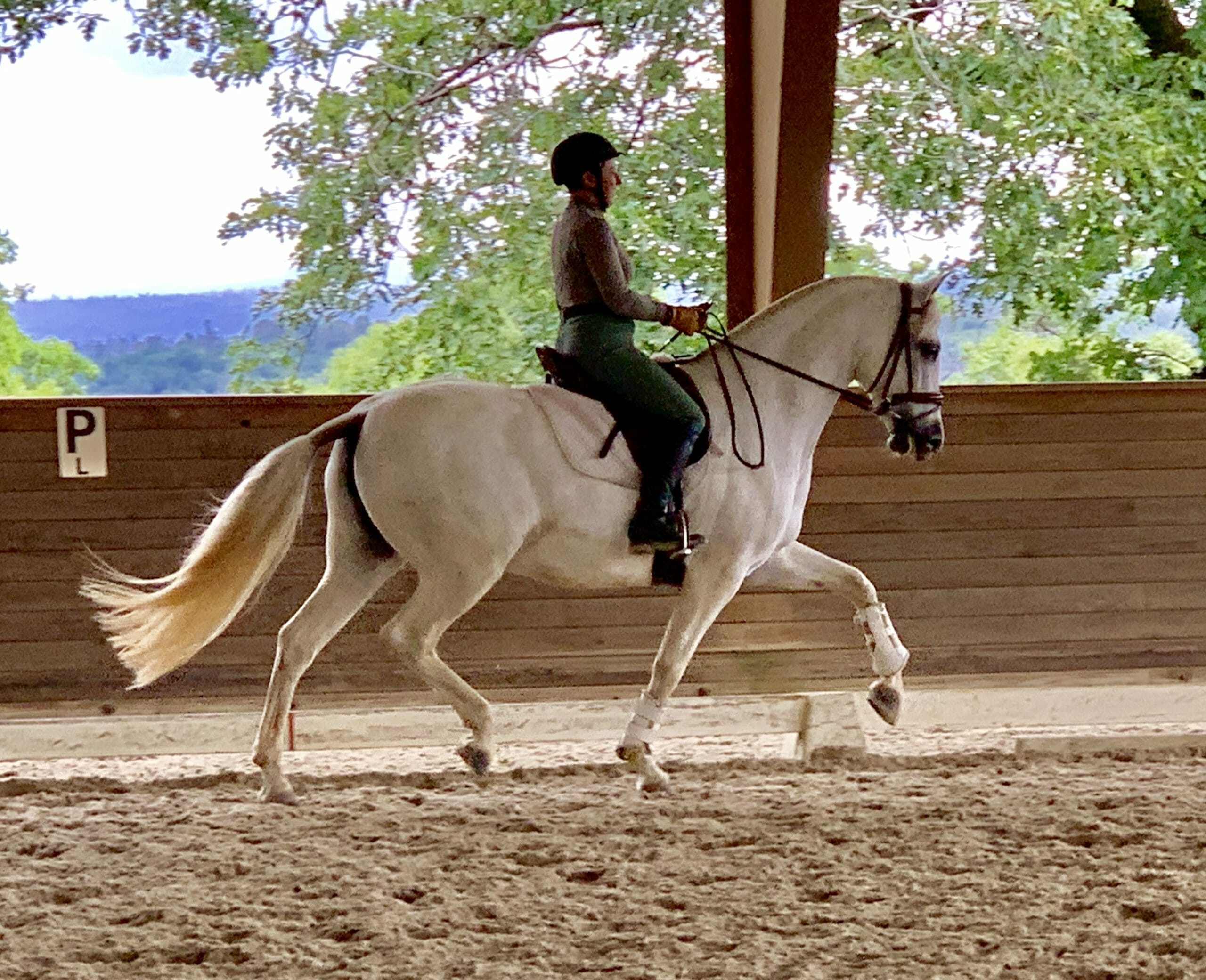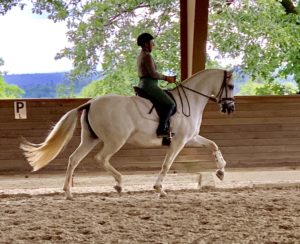THE ELEGANT RIDER PART 1: NEUTRAL SPINE AND HIP FLEXORS
The quest for elegance atop the horse is often an elusive goal for riders. In this blog post series you will learn about the attainable components that create the desired look of elegance in a rider, and exercises to help you achieve them.
NEUTRAL SPINE
 The first step to being an elegant rider is understanding and adopting a neutral spine position while riding. Riding in neutral spine not only looks pleasing, it also is the best position of the trunk from which to match the forces that the horse’s movement puts on the rider’s body. Matching the forces gives the look of fluidity and “oneness” between horse and rider. And, it is body preservation and pain prevention for the rider! So, what does it mean to have your spine in neutral? All spines are composed of 4 curvatures. When the spine is in a neutral balance, those curves net to a vertical line that passes through the top of our head and the lowest point of our seat bones. In order to achieve this posture while in the saddle, we have to first locate our seat bones. If you don’t already feel your seat bones when riding, sitting on your hands while seated in a hard chair, or a saddle on a stand (that will support your weight) will help you to locate and become aware of them. Once you have found your seat bones, then you must determine if they are placed correctly, aiming straight downwards. The rest of the trunk can now be “stacked” atop the solid base of the seat bones. One of the best ways to have a feel for correct alignment in this way is to imagine that your torso is like a box placed on top of your seat bones, evenly weighted from front to back, and side to side.
The first step to being an elegant rider is understanding and adopting a neutral spine position while riding. Riding in neutral spine not only looks pleasing, it also is the best position of the trunk from which to match the forces that the horse’s movement puts on the rider’s body. Matching the forces gives the look of fluidity and “oneness” between horse and rider. And, it is body preservation and pain prevention for the rider! So, what does it mean to have your spine in neutral? All spines are composed of 4 curvatures. When the spine is in a neutral balance, those curves net to a vertical line that passes through the top of our head and the lowest point of our seat bones. In order to achieve this posture while in the saddle, we have to first locate our seat bones. If you don’t already feel your seat bones when riding, sitting on your hands while seated in a hard chair, or a saddle on a stand (that will support your weight) will help you to locate and become aware of them. Once you have found your seat bones, then you must determine if they are placed correctly, aiming straight downwards. The rest of the trunk can now be “stacked” atop the solid base of the seat bones. One of the best ways to have a feel for correct alignment in this way is to imagine that your torso is like a box placed on top of your seat bones, evenly weighted from front to back, and side to side.
THE HIP FLEXOR “PROBLEM”
The most common struggle when trying to adopt a neutral spine is having too much forward curve in the lumbar. Maybe you have had your riding instructor tell you that your back is hollow, and you feel powerless to change it? Well, the secret is, the “problem” is not in your back at all, it’s the hip flexors! The hip flexor is a complex group of muscles responsible for bending your hip joint, bringing your thigh closer to your trunk for walking, running, riding, sitting, most activities we do with our bodies. Because we use them so much, hip flexors become quite strong. If you spend many of your hours sitting in a chair, like when you are working at a desk, you are strengthening your hip flexors. Strong hip flexors want to stay in a flexed, or contracted position. Such that, when you stand up, or sit on a horse, they try to stay flexed. In order to compensate, the lumbar spine arches to place our head and line of sight vertical. If the lumbar didn’t adapt in this way, we would walk around bent forward at the hip! How do we overcome this imbalance to achieve a neutral spine and improve our hip joint’s range of motion? By strengthening the hip extensor muscles, mostly composed of your glutes and hamstrings. Hip extensor strength brings the system into balance, releasing what feels like tight flexors, filling out hollow lumbar spines, and increasing the hip joint’s range of motion that enables dynamic following of the motion of the horse’s back.
In parts 2 & 3 of this series you will learn the other key components to the look of an elegant rider: tensegrity and following mechanics.








